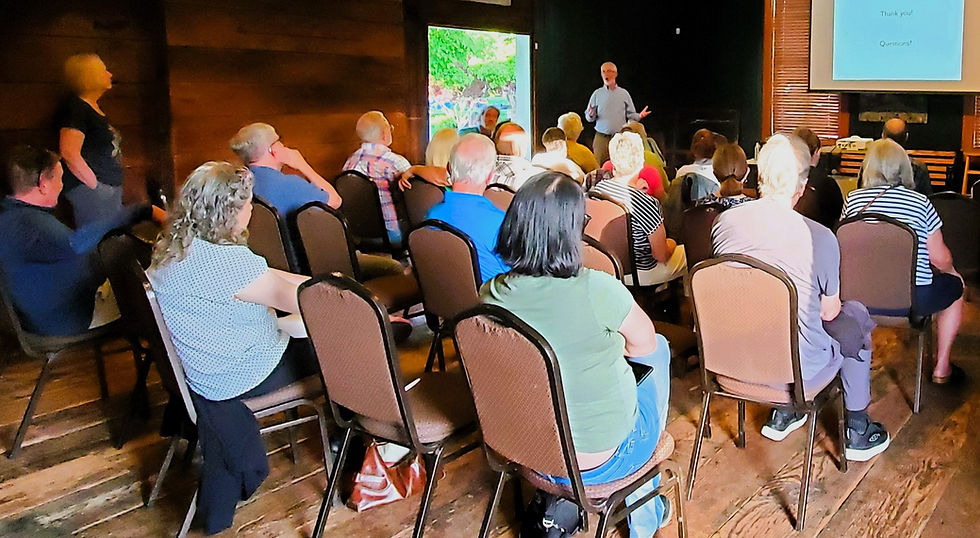Issaquah History and America250
- Paul Winterstein
- Jul 14
- 3 min read
Updated: Jul 14
Next July 4th we will be celebrating the 250th anniversary, or Semiquincentennial of the signing of the Declaration of Independence. Nationally, this has been branded “America250”. If the atmosphere and smiling faces—reflecting the many cultures that now call Issaquah home—seen at Issaquah’s Kids & Pets parade and Community Picnic are any indication, next year’s celebration promises to be just as joyful. It’s a reminder that immigration isn’t just a chapter in our past—it’s a living force in our community today.
Fifty years ago in 1976 when the nation celebrated its Bicentennial, the local, national, and world circumstances, not surprisingly, were quite different than they are today. Despite the politicization of that event by many, the country more or less came together with a surge of public interest in history as one result. According to the New York Times, a 1982 survey found that 40% of the country’s historical organizations at that time had been founded during the run-up to the Bicentennial. While the Bicentennial sparked this wave of historical curiosity, today’s Semiquincentennial invites us to look deeper—not just at founding ideals, but at the immigrant stories that have continually reshaped Issaquah’s identity.
Though still a year away, we are already in the midst of the run-up to the Semiquincentennial. As I wrote last time, this is happening during a time of growing concern over the federal government’s hesitance to support narratives that challenge a rosier view of America’s past. Despite this, Issaquah History Museums remains committed to telling stories that deepen our understanding—even when they unsettle or confront us.
Through our Fresh Perspectives project, community conversations have revealed one truth loud and clear: immigration has shaped Issaquah more deeply than we’ve acknowledged. That realization has inspired renewed efforts to tell these stories with honesty and compassion.
This spring, Bellevue College history chair Brian Casserly helped us see the bigger picture with a stirring presentation on the history of immigration across the Puget Sound region—exploring the forces that shaped it from the mid-1800s to today. His talk laid a foundation for more honest reflection, critical in light of today's issues.

The first new interpretive piece that will emerge from Fresh Perspectives is an art installation memorializing the victims of the 1885 Chinese massacre in Issaquah. By giving form and face to an often-abstract tragedy, the piece will invite viewers to see the humanity of those targeted by fear and intolerance—reminding us that the challenges faced by immigrants then still echo in the lives of many today. Our hope is that it fosters empathy—and reminds us that immigration is not a “topic,” but a human experience.
To continue exploring this theme, we encourage you to read our recent blog post: From Many, One: The Immigrant Threads of Issaquah's History
Just as the joy and togetherness of Issaquah’s 4th of July celebrations remind us what community feels like at its best, America250 gives us a chance to ask what community means at its most honest. Our past is filled with stories both heartening and hard—by facing them, we honor not only the spirit of celebration, but the spirit of reckoning that keeps that celebration meaningful. As we prepare to celebrate America250, Issaquah’s story reminds us that immigration is not just a historical force—it’s a thread that continues to shape who we are and who we’re becoming.






Comments